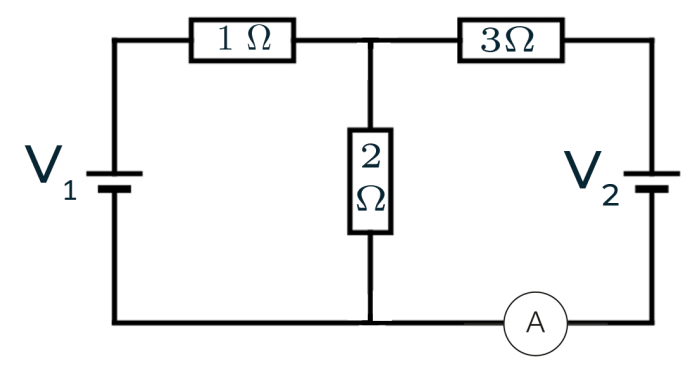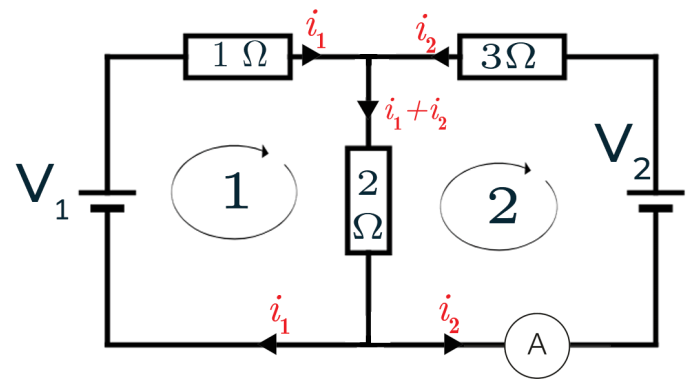Physics Interview Questions for Oxford and Cambridge + Advice ✏️
This article provides you with a free question bank of physics interview questions for Cambridge and Oxford. We have also included several top tips that you should be mindful of when approaching your interviews. The page is designed so that you can easily refer back to it during your interview preparation. We have also included a few links to some resources that you will find useful when preparing for your University Physics interview.
Firstly, interviews at Cambridge and Oxford for Physics and Natural Sciences are designed to see how you respond to an unseen problem. The primary aim is to determine how you think rather than what you already know. It is therefore important that you have practice explaining your ideas out loud and have a clear strategy when you get stuck trying to solve problems.
Cambridge and Oxford Physics Interview Question Bank 📚
Q: Explain how a syringe is able to take water out of a cup [5 mins]
A: Boyles law states that at constant temperature, assuming that the amount of gas in a system remains constant, for an ideal gas: 𝑃 ∝ 1 /𝑉
Where 𝑃 represents the pressure of the gas and 𝑉 represents the volume of the gas. When the needle of a syringe is placed inside water with the plunger pushed all the way down, the volume of the syringe is very small. As the syringe plunger is pulled out, the volume of the gas increases which causes a pressure drop by Boyle’s law. The pressure inside the syringe is therefore lower than the pressure of the water outside the syringe. This pressure difference causes water to flow into the syringe as the plunger is pulled out.
Q: A magician performs a trick in which he starts off with a table full of cutlery with a cloth underneath the table. He then rapidly pulls out the cloth and all of the cutlery appears to stay in its original position. Discuss the principles of physics that enable the magician to perform this trick. [5 mins]
A: Newtons first law states that a body maintains its velocity unless acted upon by an external force. The key to performing this trick is to minimise the force acting on the body which minimises the velocity change. The trick works because of several principles. One of which is the idea of impulse: The change in momentum of a body is given by the impulse that it receives. Impulse is defined as being:
Force x Time = Change in Momentum = Impulse
If the cloth is pulled out rapidly then the frictional force between the cloth and the cutlery only acts for a short period of time, causing the change in momentum of the cutlery to be very small. Another consideration is the material that the cloth is made from. If a towel were used for example, there would be too much friction, however a table cloth is a much smoother surface which enables it to slide underneath the cutlery such that it appears unmoved.
The greater the mass of the cutlery, the shorter the distance it will move. This is because for a given impulse the change in velocity of the cutlery will be much smaller if it has a high mass. This trick brings together a number of principles of physics and after doing this question it may be helpful to look up a video of this trick being performed.
Q: Newton’s third law states that If an object P exerts a force 𝐹P on an object Q Object Q will exert and equal and opposite force 𝐹R The forces will satisfy 𝐹P = −𝐹R Consider the following situation: A person pushes on a block of mass 𝑚 with a force 𝐹P. According to Newtons third law the block pushes back with an equal and opposite force to that which was applied to it, 𝐹R. Considering Newtons third law, would the block accelerate? [3 mins]
A: When analysing problems in terms of Newtons third law, it is important to consider the difference between a force being applied by a body and a force that acts on a body. Only forces that act upon a body cause it to accelerate. In the case of the block, the force applied to the block is 𝐹P. The block applies a force back on the person with 𝐹R. The only force that actually causes the acceleration of the block is 𝐹P, hence the block will accelerate in the direction that it has been pushed in with an acceleration
Where 𝑚 is the mass of the block.
Q: Determine an expression for the current passing through the ammeter in the following diagram.
How would you determine the direction of the current?
[7 mins]
A: i) Kirchhoff’s current law states that the current going into a junction is equal to the current coming out of a junction. Using this we can write the relations shown in the diagram between 𝑖1 and 𝑖2 .
Then we consider the two loops labelled 1 and 2 in the diagram. Kirchhoff’s voltage law tells us that the sum of potential drops around these closed loops will be equal to the potential difference of the cell. We can therefore form two simultaneous equations:
𝑉1 = 𝑖1 + 2(𝑖1 + 𝑖2)
𝑉2 = 3𝑖2 + 2(𝑖1 + 𝑖2)
These can be solved to give an expression for 𝑖2 = 3𝑉2 − (2𝑉1) / 11
ii) Note that in the initial diagram directions for 𝑖1 and 𝑖2 were chosen, if the values of 𝑖1 or 𝑖2 happen to be negative then the current must be going in the opposite direction to the arbitrary direction that we chose. Therefore, the answer to the question is that we would put in the values for the voltage into our expression then use this to determine the sign of our current.
Want to find more interview questions? You can view our FREE Sample Questions by clicking on this link 👈
Physics Interview Advice to Increase Your Chance of Success📈
1 - Think out Loud 📣
According to Oxbridge admissions tutors, one of the most common things that hold a candidate back is going silent for long periods. This is a problem as the interviewer is not a mind reader and has no way of determining what you are thinking unless you communicate it with them. If you do get stuck during a problem, phrases such as “I would usually approach the problem in this way but because of the number of unknowns in the equation that is not possible” show that interviewer that you are thinking about the question in a critical manner. We would advise starting off with trying to solve familiar problems out loud such as those you would encounter in your A level or equivalent exams. You can then move onto more difficult problems once you become familiar with explaining your thinking process.
2- Don’t Panic ❓❗
Many candidates are understandably nervous for their interviews. After all, this is the only chance during the admissions process that you’ll be able to meet the people deciding whether you get an offer to Oxford or Cambridge. How can you avoid panicking in you interview? Firstly remember that the interviewers are not trying to trip you up. If they ask you a question such as “Which forces are acting on you right now?”, they are not looking for a PhD level answer that includes a consideration of the forces due to the convective currents of air. When approaching questions, it’s common to get stuck and that’s okay. If you come across a problem and you have tried a few methods and can’t seem to get anywhere then you can ask your interviewer to point you in the right direction. Often candidates feel that they have to give perfect interviews in order to get a place at Cambridge and Oxford but that isn’t true. The purpose of an interview is to challenge you and to see how well you understand concepts so you should expect to find some parts very challenging. It can help to have seen a few common Physics interview questions
3 - Think in Ink 🖋️
‘Taint dishes, ‘taint wishes, it’s thoughts
Flinging by before I die
And to think in ink.’
-Marilyn Monroe
Thinking in ink is important when trying to convey your ideas in an University Physics interview for several reasons. Firstly, it enables your interviewer to see clearly what you are thinking. This can be especially useful for mechanics and electricity questions. Secondly, your interviewers will likely keep the sheet of paper that you wrote on in your interview when judging how well you performed so it is important to convey your ideas clearly. Writing your ideas down on paper enables you to show that you can think clearly and methodically when approaching problems. Being able to sketch diagrams and graphs is a key skill for a competent physicist so it helpful to make this into a habit. We provide physics university interview questions and answers as a pdf for you to practice with.
Free resources for Oxford and Cambridge Physics Interviews Practice
Feel like you’re running out of time to prepare for your interview? 🕚
Circa tutors has free sample interview questions for you to try for Physics, Medicine and Engineering.
Click here to view your FREE sample questions



